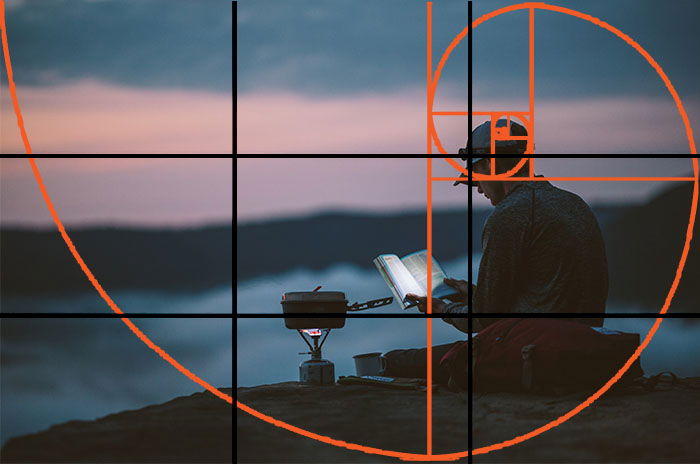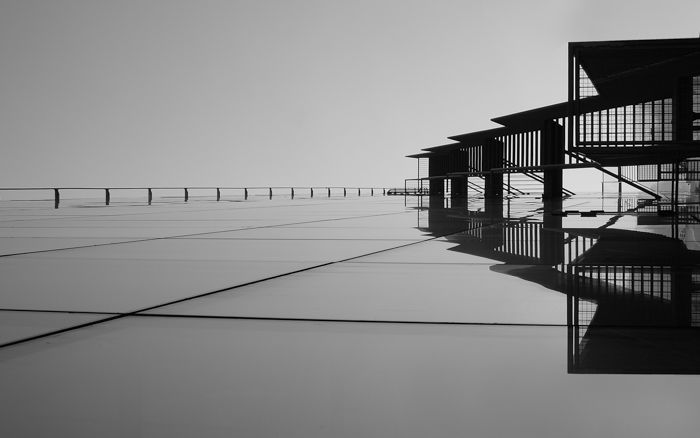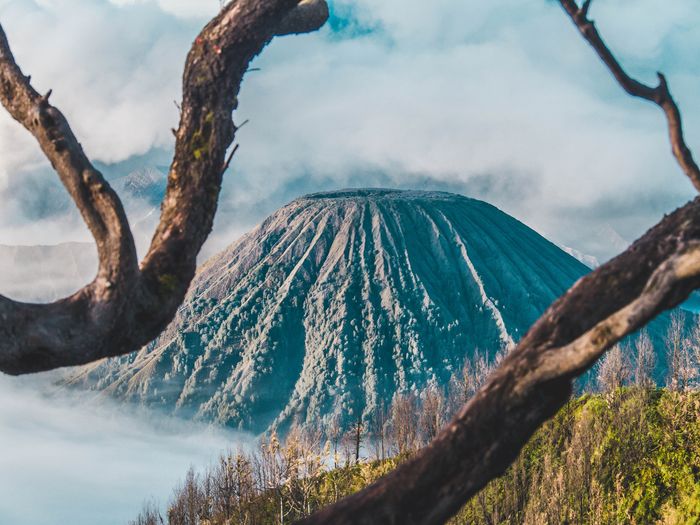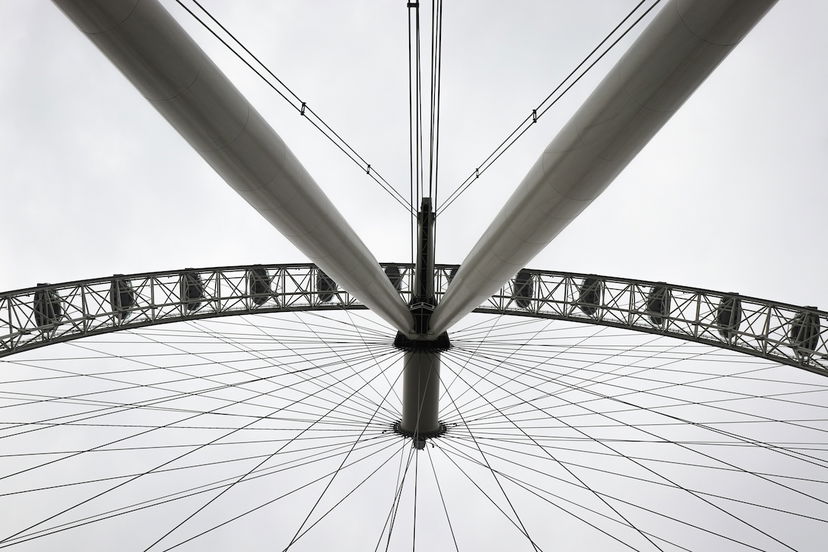How to Shoot Light and Shadow in Abstract Photography
Light and shadow can be used to create some of the most stunning abstract photography compositions. In this tutorial, you’ll learn how to use light and shadow to your advantage, and how to make the most of these two elements to create amazing photos.
Light and Shadow: How are They Important for Abstract Images?
By breaking down the components of an image or medium to its abstracted elements, we investigate what it is that makes up a photograph.
One way to compose an abstract image is to focus on the photographic qualities of light and shadow. As photographers, we know that exploiting the relationship of light and shadow is a fundamental aspect of photography.
But often, photographers focus only on capturing the light in an image.
Without shadows, our world would appear very flat indeed. And shadows aren't just an inanimate dark blob, they can be just as alive and striking as their counterpart. Shadows shape light and emphasises it organically.
Deliberately incorporating shadows into an image creates drama and depth.
Just like light, shadow explores form. But, like abstract photography, it also draws attention to qualities around us that often go unnoticed.
Here are a few things I've learned while experimenting with combining shadows and abstract photography.
1. Add Contrast
Contrast is the measure of the difference between the blacks and whites of an image. Without contrast an image would appear completely black, white or a single shade of grey.
Shadows can be used to enhance the tonal contrast in an image because low lit zones jibe well against lighter areas or highlights in a photo.
This is especially useful in black and white photography because you can't use color to highlight particular areas of an image.
When photographing a scene with shadows, try pairing bright, white highlights against deep blacks in your photographs.
This adds greater tonal diversity, which creates greater depth in an image.
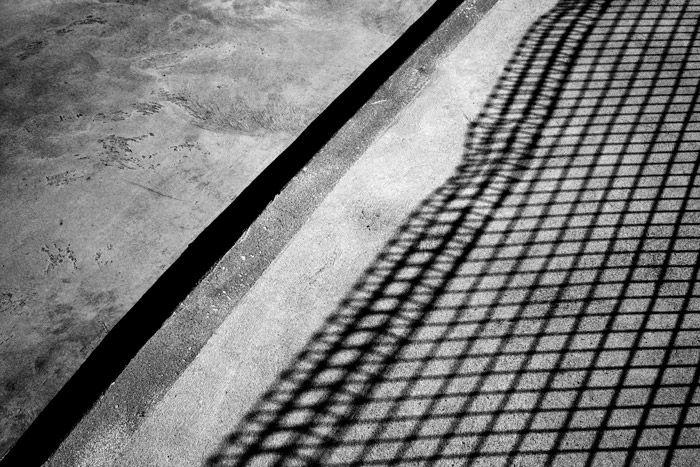
2. Direct Attention
Shadows can be a subtle (or not so subtle) way of directing the viewer’s attention to certain parts of an image. Darker areas of an image can be used to shape the light around a subject, eliminating areas that may detract from an scene.
They can also gently surround a subject, reinforcing the center of interest.
The strength of the perimeter of a shadow can determine the mood of an image. A hard perimeter evokes a sense of immediacy whereas a softer edge suggests a more subdued atmosphere.
Pay attention to the way areas of shadow interact with your subject and use it to your advantage.
3. Create a Focal Point
Shadows may help draw attention to areas of an image, but they also make excellent subjects themselves in abstract photography. Although we see shadows every day, we don’t ordinarily encounter them as isolated artworks.
And if we do observe an interesting shadow, it is often a fleeting experience.
Deliberately photographing a shadow speaks to the nature of photography and its ability to freeze a moment in time.
The changeable nature of a shadow is familiar to the human eye, so a fixed shadow is intriguing, creating a point of interest that a viewer can easily seek out and appreciate.
A shadow with a strong outline and a recognizable shape connects with the experience of a viewer. On the other hand, a shadow with a less defined shape engages a viewer’s imagination and curiosity.
Try isolating a shadow using a bright , the result is quite striking abstract photography!
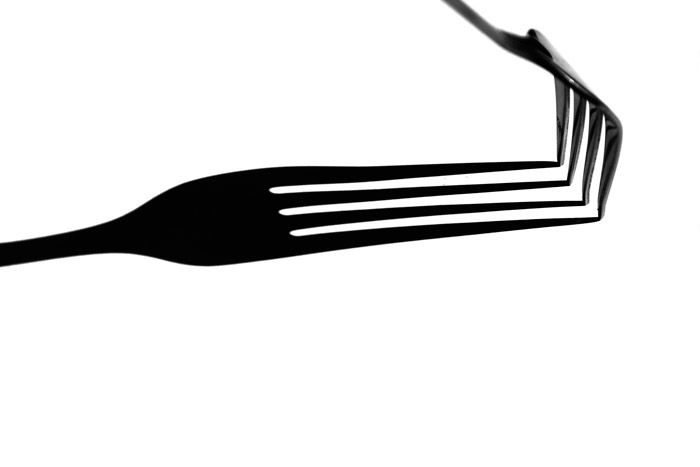
4. Create Mood With Shadows
In popular culture, shadowy alleyways or spooky shadow creatures are often used to create a sense of mystery or danger. This is because darkness acts as a veil between what our eyes can detect and what they cannot.
The association’s people make between shadows and the unknown can be a useful tool for crafting the atmosphere in a photograph.
While light illuminates a scene or creates a feeling of lightness and cheer, darkness creates a sense of weight and drama.
Incorporating shadow into an image represents what the eye can’t see. It lends a density to an image that can’t otherwise be illustrated.
Appealing to a viewers’ natural associations engages them and invites them in for a closer look at your abstract photography.
Next time you’re out shooting abstract photography, take the time to consider the emotions conveyed by a shadow’s shape and tone. You’ll find that shadows are a really useful tool to add extra atmosphere to your photography.
1. Reveal texture
Abstract photography has many layers to it. Even as a flat medium, there are many ways to add depth to a photograph. Incorporating texture into a photograph appeals to our sense of touch which stimulates our mind into ‘feeling’ an image.
We naturally associate things we see with how they feel in real life. This means that soft, fluffy subjects take on a gentler dynamic and spiky or rough textures ‘feel’ more abrasive when viewed.
Look around you, it’s amazing how our minds build an impression without our skin even making contact with a subject.
This ability to form impressions in our mind allows us to convey a great deal of information to a viewer quickly. Shadows help emphasize this information by reinforcing the material qualities of a subject.
The softness of a feather, for example, can be enhanced by the organic quality of the shadows that correspond with it. Juxtaposing roughness with soft shadows creates a full gamut of texture, each reinforcing the other.
Try adding a new layer of realism to your abstract photography by using shadows to reinforce the texture in an image.
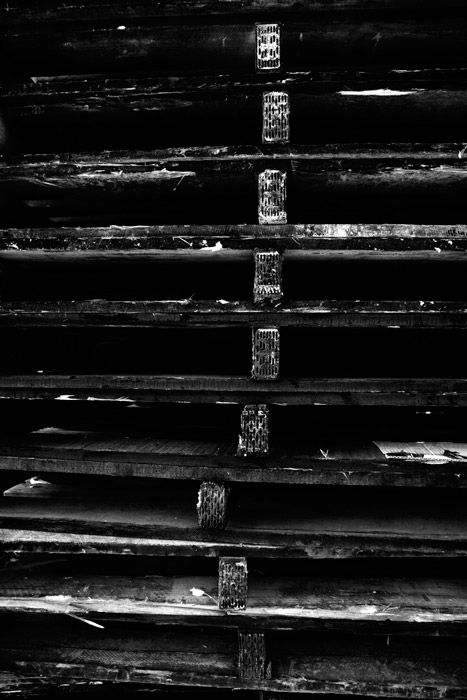
Conclusion
Photography is often seen as a way of capturing light, but that’s not the whole truth. Incorporating shadows into your photography work is a great way to add a new dimension to your abstract photography.
In abstract photography, we are free to investigate form and light without the restrictions of technically correct imagery.
Abstract photography is a manifestation of how we see the world through the camera, encouraging self-expression and experimentation.
The use of shadows in abstract photography combines an exploration of the nature of light with experimental imagery, creating dynamic and creative abstract photography that captures both light and shadow in their diversity of forms.
